Sherman 75mm turret pistol port
As originally designed, the Sherman’s D50878 75mm
turret featured a pistol port on the left side towards the rear, as seen
above on the left. Shortly after the the tank entered service, users
began to report problems with the locking device of the pistol port. On
top of that, Ordnance Department tests found the pistol port to be a
ballistic weak point. In addition,
two
areas on the inside right front of the turret casting had been thinned
to allow for the proper operation of the traversing mechanism. As the
first Shermans entered combat, troops
began to report that the enemy aimed for these "thin spots." As a
result of these issues, the D50878 turret was revised in April 1943 to
eliminate the pistol port, as well as "increase thickness of turret in
area of the traversing mechanism." The revised turret
castings began to enter the production pipeline around June, 1943. A
“no pistol port,” D50878 turret is shown on the right.
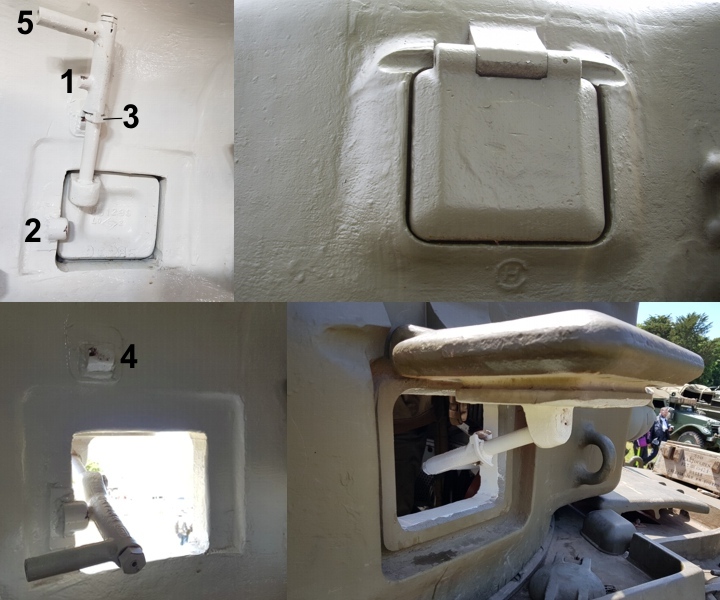 The montage above shows the
pistol port in the open and closed positions from both inside and
outside the turret. One of the authors recently had the opportunity to
operate a pistol port, and his first impression
was that it was much heavier than expected. The L shaped handle or
“lever,” served as a simple prop, which held the door open, and locked
it into position by means of a “lever locking pin” (1) which could be
slipped into a “notch” (2) with a rotation of the
handle. To secure the pistol port door in the closed position, the
handle was rotated until a fixed “latch” (3) contacted a fitting (4)
welded on just above the pistol port opening. The “lever handle” (5) was
installed with a rubber bicycle type grip which
is missing from this example.
The montage above shows the
pistol port in the open and closed positions from both inside and
outside the turret. One of the authors recently had the opportunity to
operate a pistol port, and his first impression
was that it was much heavier than expected. The L shaped handle or
“lever,” served as a simple prop, which held the door open, and locked
it into position by means of a “lever locking pin” (1) which could be
slipped into a “notch” (2) with a rotation of the
handle. To secure the pistol port door in the closed position, the
handle was rotated until a fixed “latch” (3) contacted a fitting (4)
welded on just above the pistol port opening. The “lever handle” (5) was
installed with a rubber bicycle type grip which
is missing from this example.
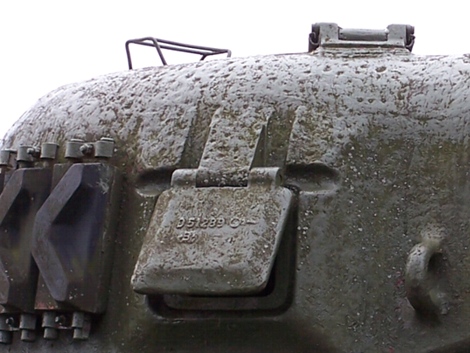 This particular Union Steel
turret casting has an unusual feature around the pistol port - a pair of very
deep vertical channels. Some of the early British & US M4s & M4A1s in
North Africa have been seen with this particular turret casting (photo courtesy of Kurt Laughlin).
This particular Union Steel
turret casting has an unusual feature around the pistol port - a pair of very
deep vertical channels. Some of the early British & US M4s & M4A1s in
North Africa have been seen with this particular turret casting (photo courtesy of Kurt Laughlin).
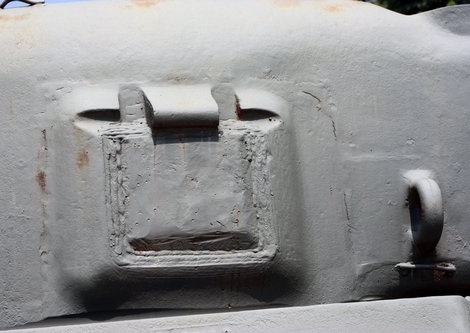
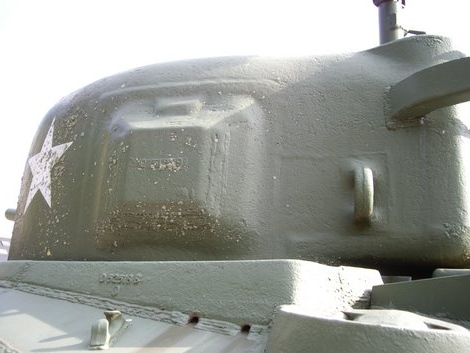
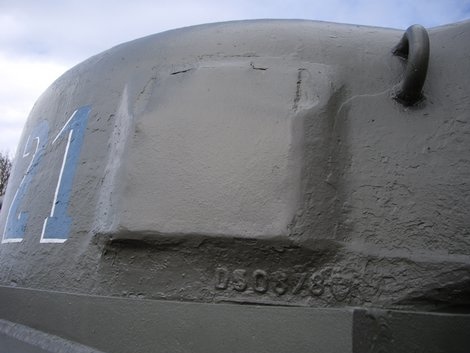
The "no pistol port" turrets
began to enter the production lines in the summer of 1943 (see above), but in the meantime,
factories & depots were directed to weld up any remaining pistol port
turrets that were in the pipeline. Photo study let us think that the
majority of US Army 75mm Shermans in the Eurpean Theater of Operations in 1944 had either a welded up or
no pistol port turret. Here are shown 3 different types of weldings on the pistol port.
Here, the pistol port is open, which allow to see the interior of the hatch and the piston.
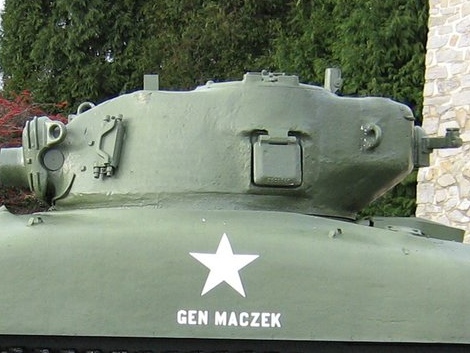
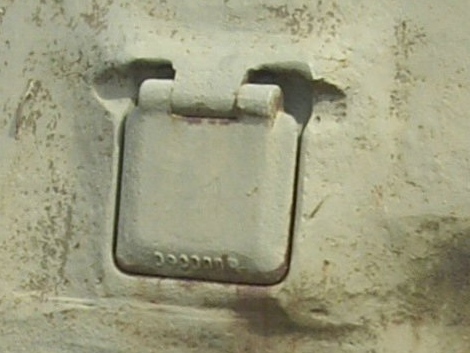
On 76mm turrets (a.k.a. T23 turrets), the design of the pistol port is slighly different than on 75mm turrets.
HOME